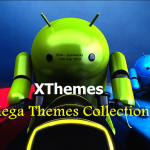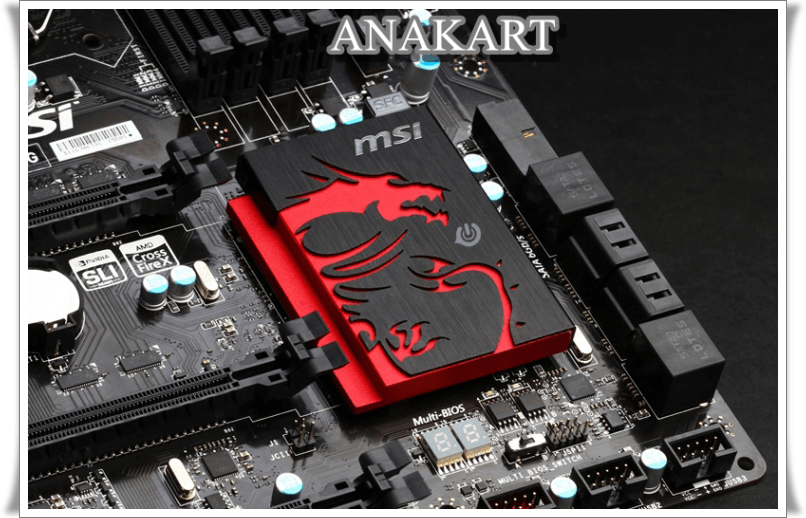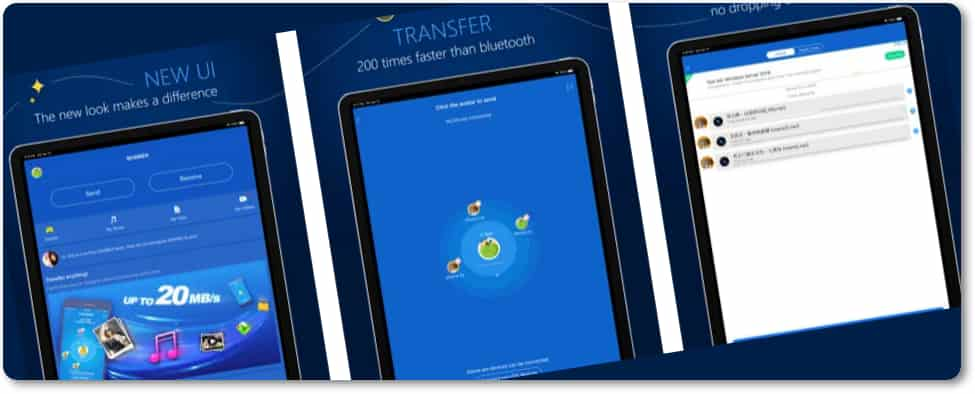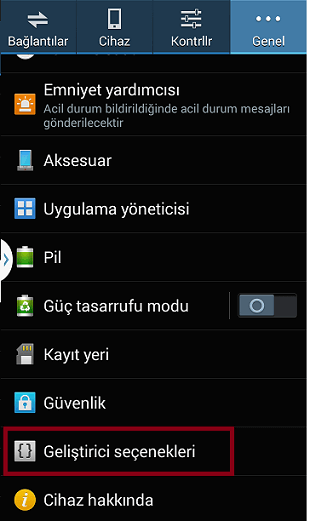What’s the Difference Between FAT32 vs NTFS vs exFAT USB Pen drive?

Table of Contents Show
You format an internal hard drive, external drive, USB Pen drive or SD card, Windows will give you the choice of FAT32, NTFS, and exFAT. The Format dialog box in Windows does not explain the difference, then we will.
FAT32 is an older file system that is largely relegated to USB flash drives and other external drives. Windows NTFS uses for its system drive, and it is also ideal for other internal hard drives. exFAT is a modern replacement for FAT32, and more devices that do support NTFS – although it is not as widespread as FAT32.
See also: How To Protect USB Pen drive With Password.
FAT32
FAT32 is the oldest file system here. It was introduced all the way back in Windows 95 to replace the FAT16 file more.
The age of this system has advantages and disadvantages files. Because it is so old, it is the de facto standard. Flash drives you buy are often formatted as FAT32 for maximum compatibility between not only modern computers, but other devices such as game consoles and all with a USB port.
Limitations come with age, however. Individual files on a FAT32 drive can not be over 4GB in size – which is the maximum. A FAT32 partition must be less than 8 TB, which is fewer limitations – but still significant if you have a new, high-capacity mechanical drive.
Although this file system is correct for USB flash drives and other external media, you will not want to use an internal drive. It does not have permissions and other security features built into the system more modern NTFS files. Modern versions of Windows can not be installed to FAT32, and must be installed on NTFS formatted drives.
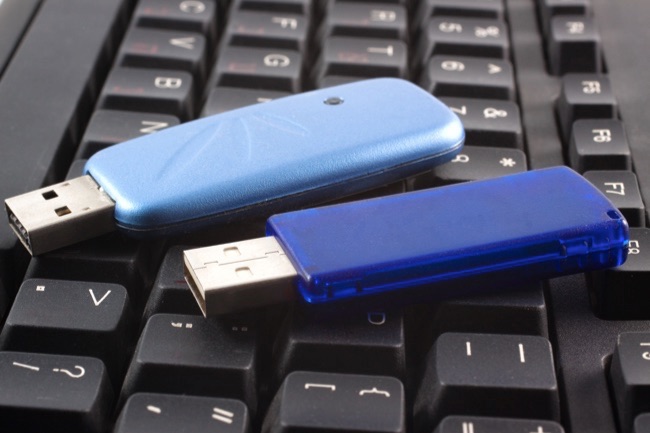
Limitations: 4GB maximum file size, 8 TB maximum partition size.
Compatibility: Works with all versions of Windows, Mac, Linux, gaming consoles, and practically anything with a USB port.
Ideal use: Use it on removable drives for maximum compatibility with the widest range of devices, assuming you do not have files of 4GB or larger.
See also: How to Check Your Motherboard Model Number on Your Windows PC.
NTFS
NTFS is the modern Windows file system likes to use. When you install Windows, it formats your drive system with the NTFS file system. NTFS is a file size and partition size limits that are so huge that theoretically you do not run against them. NTFS first appearance in the consumer versions of Windows with Windows XP.
Outside these limits, NTFS is packed with other modern amenities. It supports the file permissions for security, a journal of changes that can help recover errors quickly if your computer crashes, shadow copies for backups, encryption, disk quota limits, links hard, and various other features. Many of them are crucial to an operating system drive – especially the file permissions.
Your Windows system partition must be NTFS. If you have a secondary drive alongside Windows and plan to install programs on it, you should probably go ahead and make NTFS, too.
However, NTFS is simply not compatible with other operating systems. It will work with all recent versions of Windows – all the way back to Windows XP – but it has limited compatibility with other operating systems. By default, Mac OS X can read NTFS drives, not written for them. Some Linux distributions can help support NTFS-write, but some are read only. None of Sony PlayStation consoles supports NTFS. Even the Xbox 360 from Microsoft can not read NTFS drives, though the new Xbox can. Other devices are still less likely to support NTFS.
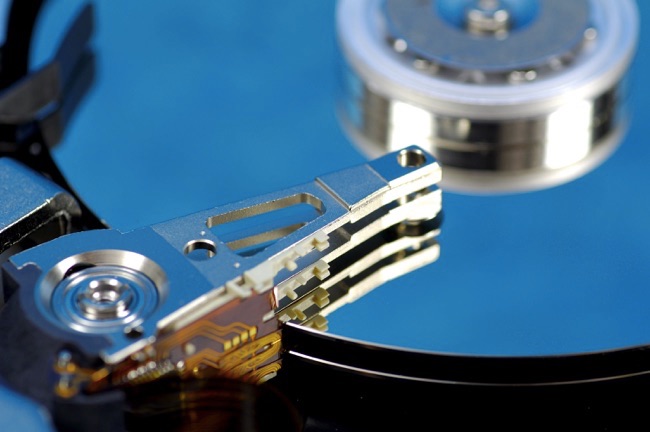
Limitations: No file size or partition size realistic limits.
Compatibility: Works with all versions of Windows, but Mac read only by default, and can be read only by default with some Linux distributions. Other devices – except for the Microsoft Xbox One – probably will not support NTFS.
Ideal use: Use it to your Windows system drive and other internal units that will just be used with Windows.
See also: How To Use Pen Drive as Ram In Windows
exFAT
exFAT was introduced in 2006 and was added to the older versions of Windows with updates to Windows XP and Windows Vista.
It is an optimized file system for flash drives. It is designed to be a system of light as FAT32 file without any additional features NTFS and overhead, but without the limitations of FAT32.
As NTFS, exFAT has very large file size and partition size limitations. This means you can store files that are larger than 4 GB each to a flash drive or SD card if formatted with exFAT. exFAT is a strict upgrade on FAT32, and should be the best choice for external drives when you want a light FAT32 file system without file size limits.
exFAT is also more compatible than NTFS. While Mac OS X includes only read-only support for NTFS, Mac provide full read-write support for exFAT. exFAT drives can be found on Linux by installing the appropriate software.
Although exFAT is compatible with the Mac – and will be compatible with some devices that do not support NTFS, such as digital cameras – it is still not entirely compatible. own Microsoft Xbox 360 does not support it, although the Xbox One does. The PlayStation 3 does not support exFAT disk, although the PlayStation 4 would. Various other older devices can not support FAT32 instead of exFAT.
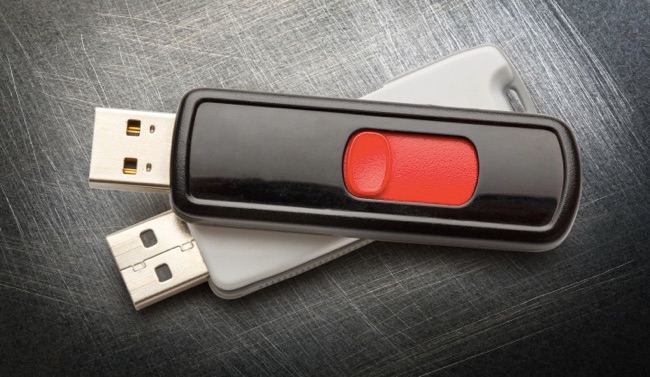
Limitations: No file size or partition size realistic limits.
Compatibility: Works with all versions of Windows and modern versions of Mac OS X, but requires additional software on Linux. More exFAT support devices that support NTFS, but some – especially older – can not support FAT32.
Ideal use: Use it to USB flash drives and other external drives, especially if you need the files of over 4 GB in size. Assuming that all the devices you want to use the drive with exFAT support, you must format your device with exFAT instead of FAT32.
See also: Does using Pen Drive as RAM really increases your Computer speed ?
Need more information about the Difference Between FAT32, exFAT, and NTFS? NTFS.com shared information table here.
NTFS is ideal for internal drives, whereas exFAT is usually ideal for flash drives. However, sometimes you may need to format an external hard drive with FAT32 if exFAT is not supported on a device you need to use it with.
